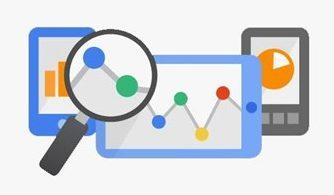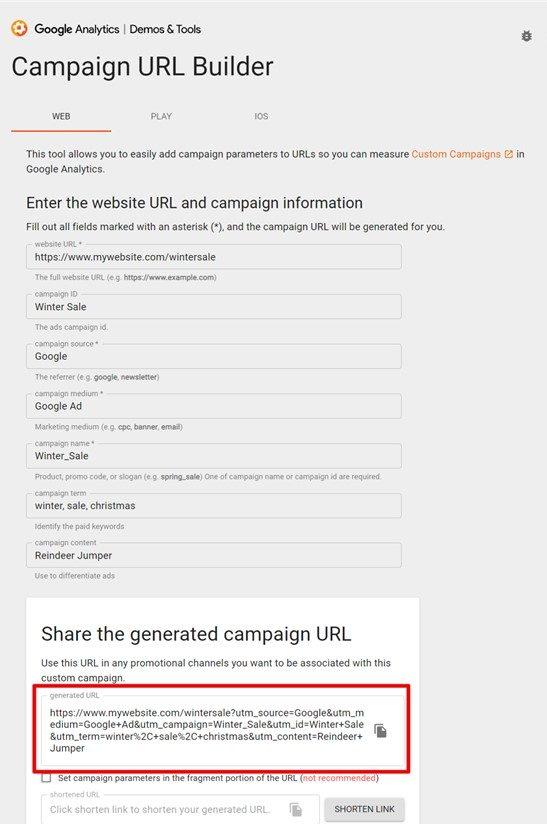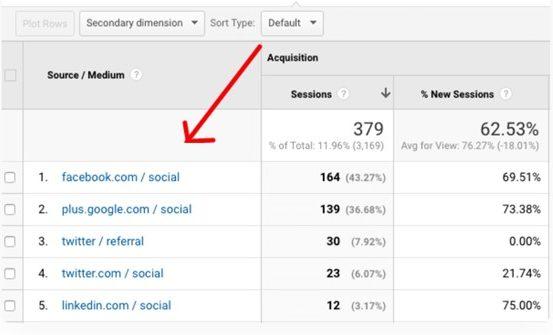Channel Eye has joined forces with Jo Buchanan, the Founder of TwitTwooYou, a business growth strategic consultancy centred on getting brands noticed.
This series gives real-world, practical marketing advice. In the fifth article of the series, Jo focuses on how digital marketing can be measured.

Marketing is one of those things that you can’t live without and yet, sometimes Management Boards will scratch their heads and ask you, “But what return are we getting on our investment?”
While the return on traditional marketing can prove difficult to measure, like creating and distributing brochureware or direct mail campaigns (unless you’re including a QR code to redirect customers to your website), it’s often believed that marketing can’t be measured.
But that’s simply not true.
The great thing about today’s age of digital marketing is that WE CAN measure the success of campaigns. Although it’s not as straightforward as you might think.
You see Google Analytics is great at telling you about the activity on your website, but it can’t give you a clear picture of where it’s coming from in terms of campaign activity unless you use a specific tool. That tool is called Google Campaign URL Builder. And guess what, it’s free to use!
Let’s start off by discussing the importance of web links…
If you’re engaged in digital marketing activity, you’re enticing new, existing and potential customers to do something; be that fill in a form, visit a web page or even complete a sale.
Your digital marketing collateral will be peppered with web links and buttons to redirect customers to your desired location.
If you’re simply pasting the traditional URL of that desired destination into your digital marketing content, then you are missing one vital thing; the ability to measure that activity.

Use Google’s URL Campaign Builder tool to create unique links, which allow Google Analytics will display the results of each and every campaign element. That’s right, EACH AND EVERY ELEMENT! It can go into the nitty-gritty, minutiae of each and every element of your digital marketing campaign, and track its effectiveness.
Let’s say you want to send out an email to your customer database to promote an upcoming winter sale, or you simply want to raise awareness of a new piece of stock. Chances are, you’ll have a button on the email to redirect the customer to your home page, a landing page or even the product page in question.
Depending on the type of email marketing tool you use, it will probably provide you with some key metrics including open rate and click-through rate, but that’s where it stops.
If you simply use the traditional web link, you won’t know what happens once the customer clicks on the button. Do they stay on your web page? If so, for how long? Do they simply click and then close the window? Do they then peruse your site and even buy from you?
You’ll never know until you begin to use Google’s Campaign URL Builder
This clever bit of kit from Google allows you to create unique URLs that redirect the customer to your chosen location but also link to your Google Analytics account, so you can see exactly how well each element of your digital marketing campaign is doing.
Let’s say your campaign to promote a winter sale involves, three emails. The first is sent out to your entire mailing list, then the second is only sent to those that opened the first and the third is only sent to those who clicked through to your website from the first or second.
You might also want to create a Google Ad campaign to promote the winter sale online and you’ve also opted for some Facebook advertising too to raise awareness of the campaign.
All the above campaign elements redirect to one page on your website: https://www.mywebsite.com/wintersale
By using Google’s Campaign URL builder, you can create a unique URL that links to this page for each element in your campaign. You can even go as granular as measuring the effectiveness of each Facebook ad campaign (the one with the red woolly jumper and the one with the reindeer Christmas jumper). See below an example of us using the Google URL Builder tool to generate a unique campaign URL for a Google Ad that contains an image of someone wearing a reindeer jumper.

Results from activity generated from this advert will appear in Google Analytics when you navigate to Acquisition >> Campaign >> All Campaigns.

The term Google / Google Ad / Winter_Sale / Reindeer Jumper would display as a line as shown in the illustration above. It would show you how much traffic you had achieved to your desired location on that campaign element alone.
Add a goal on Google Analytics that measures not only traffic from a specific source i.e. a specific element of campaign activity, but how many sales that activity generated and you are really onto something…
Make a pledge to start using Google’s Campaign URL tool and you’ll find it’s a real game-changer. It can really help you to evaluate the true success of your digital marketing activity.
This is a sponsored article.














